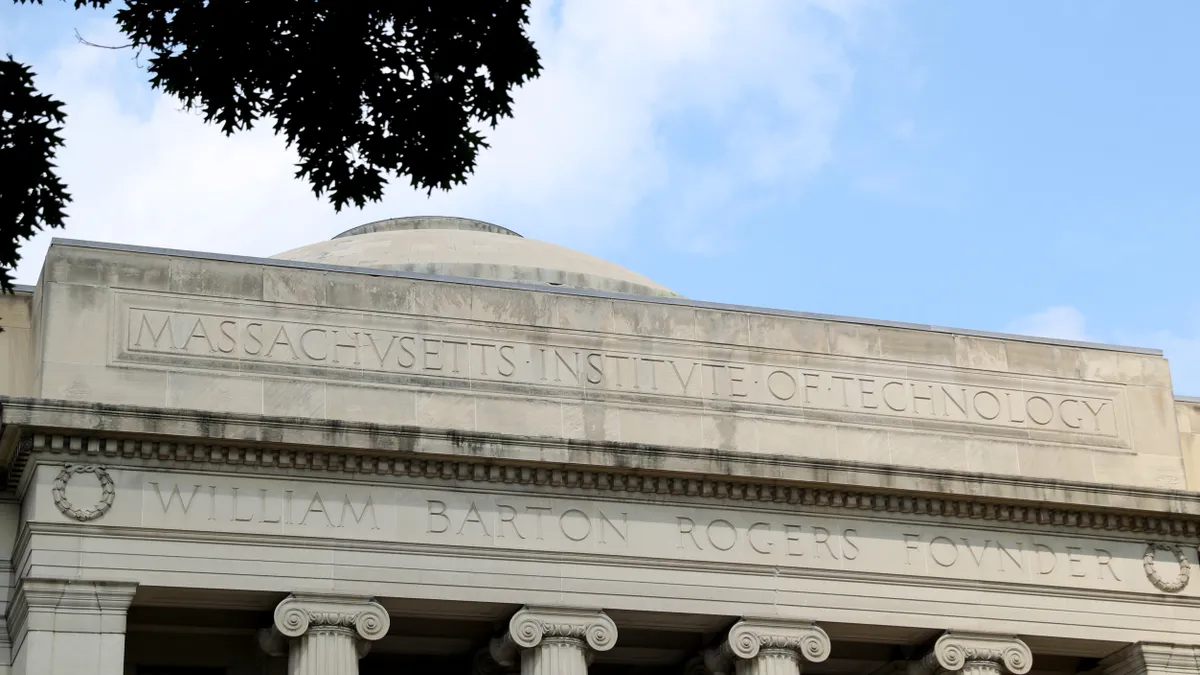Dive Brief:
- Flat or declining enrollment and concerns about the cost of college may be a challenge for filling private student housing projects, finds a new report from Moody's Investors Service.
- Of the 37 projects surveyed, 15 reported challenges attracting tenants in the fall of 2019, up from 13 the year before. However, median occupancy rates for the sector stayed level year-over-year at 98.7% and rents grew 2.7% for the 2019-20 academic year.
- Many such projects, often called P3s, are developed at regional public universities, the report points out, which in some cases are facing enrollment and budget pressures that are leading to consolidation.
Dive Insight:
Just four of the 37 projects Moody's surveyed had occupancy rates below 92%, which would be considered underperforming. Of that group, two had rates below 80%.
The range between the lowest and highest occupancy levels widened in the fall of 2019 to between 60% and 103%, compared to between 77% and 103% the prior year.
Median rent growth for private student housing projects has increased slightly in the last three years, from 2.5% in 2017-18 to 2.7% for the current academic year. However, this is lower than historical trends, the report notes.
To take advantage of low interest rates, colleges over the last decade have looked to private developers to help create sleek and amenity-filled housing options on or near campus. Those companies seized the opportunity, building projects replete with elaborate common areas, fitness centers and pools.
Investment prices for the sector hit an all-time high last year, according to one analyst report, which warned of a maintenance backlog that could be a drag on colleges' finances.
A 2018 report on institutions' investment in their existing facilities noted that deferred fixes and upgrades will require schools to spend significant capital in the next decade, "whether or not the resources to meet that demand exist."
Declining enrollment could slow the so-called amenities arms race. And an uptick in defaults on student housing-related commercial mortgage-backed securities may cause further friction.
Competitive interest rates have some colleges issuing 100-year bonds to fund massive investments in facilities upgrades and sustainability improvements. But only well-resourced institutions with a solid financial track record are in a position to take on that kind of debt.
"Following a decade where everybody was anxious to build, build, build — and not just dorms — this glut of real estate is going to have to be dealt with going forward," Jean Close, an accountant and partner at The Bonadio Group, which performs audits for postsecondary institutions, told Education Dive last year.









